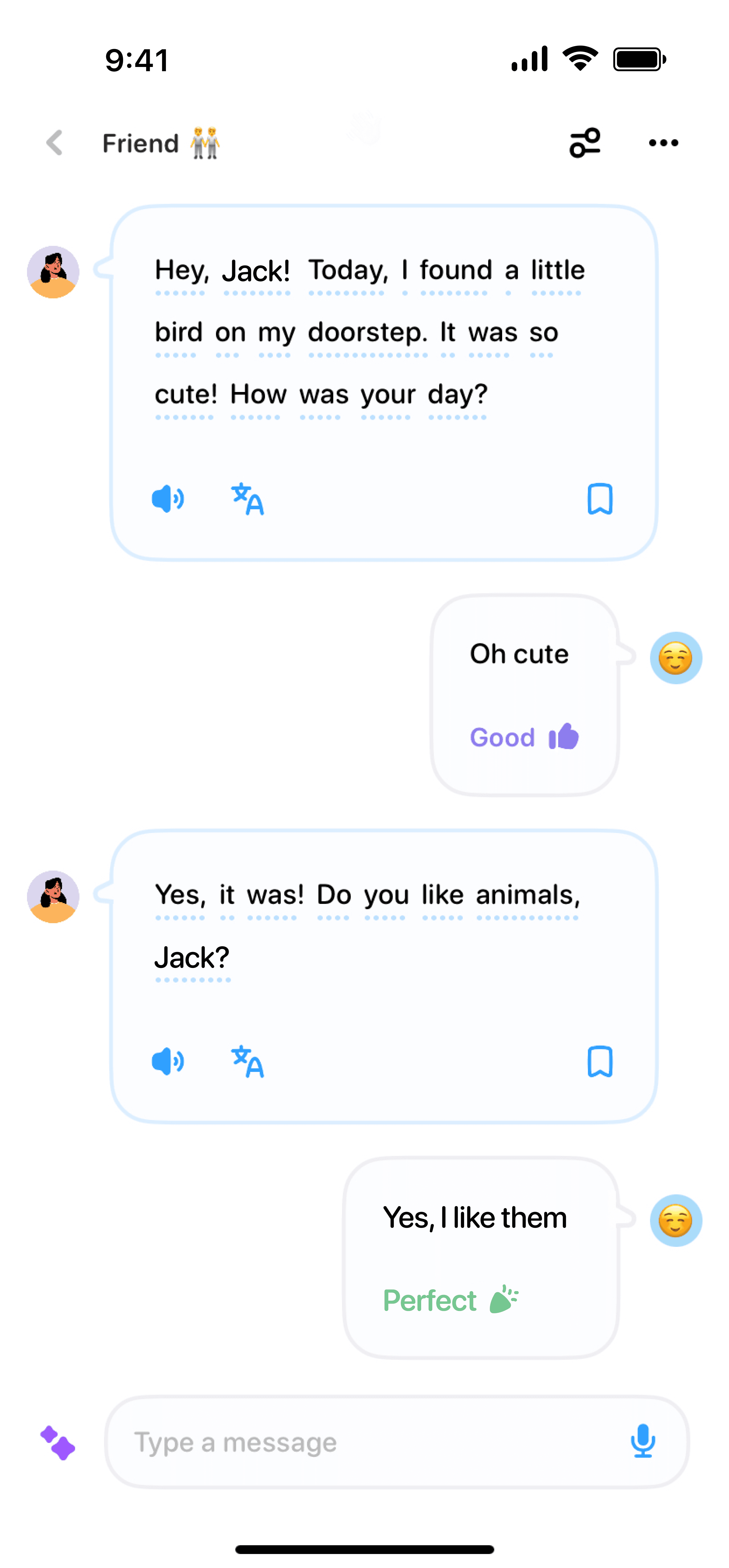04/08/2024
·
Emma Robbie
Embarking on the journey of learning English can be an exciting yet daunting task. One way to make the process smoother and more effective is by creating an English learning map. This visual guide can help you stay organized, identify your learning goals, and track your progress. Ready to get started? Let’s dive in!
What is an English Learning Map?
Think of an English learning map as a personalized roadmap for your language journey. It outlines the path you need to take, from mastering basic vocabulary to becoming fluent. It’s a powerful tool for visualizing your progress and keeping you motivated.
Why You Need an English Learning Map
Organization: Keeps your learning materials and goals in one place.
Motivation: Visual progress boosts morale and keeps you committed.
Focus: Helps you concentrate on specific areas that need improvement.
How to Create Your English Learning Map
Step 1: Set Clear Goals
Before you start your English learning map, it's essential to know what you want to achieve. Do you need English for travel, work, or academic purposes? Setting clear goals will help you tailor your learning map to meet your specific needs.
Example Goals:
Learn 500 new vocabulary words.
Understand and use basic grammar rules.
Hold a 10-minute conversation in English.
Step 2: Identify Key Areas
An effective English learning map covers all essential areas of language learning:
Vocabulary: Build a robust lexicon, focusing on words you’ll frequently use.
Grammar: Understand the rules that govern sentence structure.
Reading: Improve comprehension with varied texts from articles to novels.
Writing: Practice writing essays, reports, and even emails.
Listening: Tune your ear with podcasts, movies, and songs in English.
Speaking: Engage in conversation, pronunciation practice, and public speaking.
Step 3: Choose Your Resources
Select reliable resources to support your learning in each key area:
Vocabulary: Flashcards, language apps (like Duolingo or Memrise).
Grammar: Grammar books, online exercises.
Reading: Newspapers, novels, language learning websites.
Writing: Language exchange partners, writing prompts.
Listening: English podcasts, YouTube channels, movies.
Speaking: Language meetups, online chats, speaking courses.
Step 4: Plan Your Schedule
Consistency is key. Create a schedule that fits your lifestyle, dedicating regular time for each learning area.
Sample Weekly Schedule:
Monday: Vocabulary (30 mins), Listening (30 mins)
Tuesday: Grammar (30 mins), Speaking (30 mins)
Wednesday: Reading (1 hour)
Thursday: Writing (1 hour)
Friday: Review the week’s progress (1 hour)
Track Your Progress
One of the best parts of having an English learning map is the ability to track your progress. Use a journal or a digital tool to note down what you’ve learned and areas that need more practice. Celebrate small victories to keep your motivation high!
Stay Flexible
Your learning map isn’t set in stone. As you grow and improve, your needs and goals might change. Be flexible and adjust your map accordingly. Remember, the journey to mastering English is a marathon, not a sprint.
Creating an English learning map can transform your language learning experience. With clear goals, organized resources, and a consistent schedule, you're well on your way to becoming an English-speaking pro. Happy learning! 🌟



